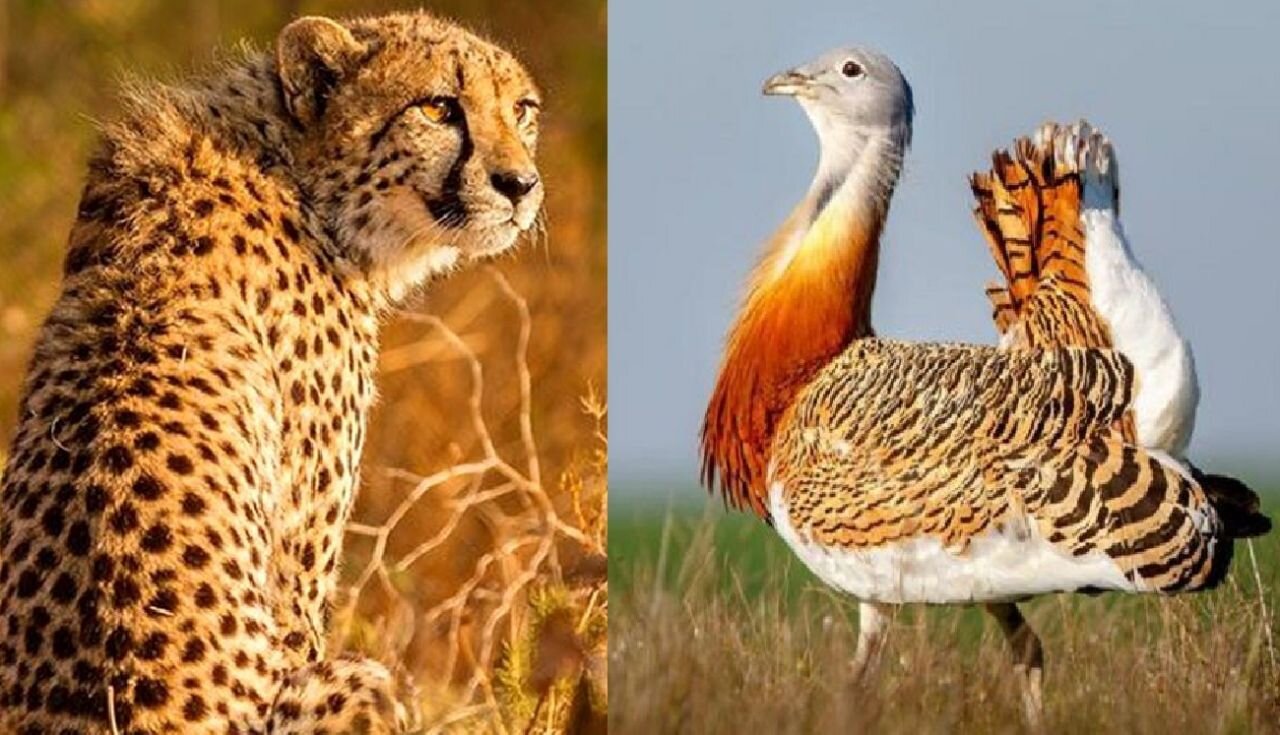Some 75 animal species in Iran on IUCN Red List

TEHRAN –Out of the 1036 vertebrate animal species of the country, around 75 are on the International Union for Conservation of Nature (IUCN) Red List, according to an official with the Department of Environment (DOE).
Iran is one of the most important countries in terms of biodiversity in the world thanks to its climatic and geographic diversity.
Out of 209 mammals, 560 birds, 242 reptiles, and 25 amphibians, some 75 species were included on the IUCN Red List in 2022, ISNA quoted Marzieh Mousavi as saying.
She made the remarks on the occasion of World Endangered Species Day which is observed each year on the third Friday of May.
The endangered species are mostly found in developing countries which suffer from severe financial problems, poverty, and unstable development. Having diverse ecosystems, the species' diversity is high in these countries which are mostly in America and even Asia. In contrast, Europe has less diversity, but they are well-preserved, Mousavi mentioned.
The species are globally categorized as endangered, critically endangered, and vulnerable. However, in Iran endangered and critically endangered species are classified together, and protected species are in a separate category, the official stressed.
The official went on to say that among endangered animal species, bustards and Asiatic cheetahs are in a more critical situation, there are roughly 19 species of bustards and 25 species of cheetahs identified in the country.
Of course, the DOE has taken measures to increase the population of these species.
Efforts are being made to increase their population through habitat protection and prey management in Turan, Miandasht, and its neighboring areas, she noted.
The DOE is trying to improve the role of the private sector and local communities in creating a more sustainable livelihood and increasing their protection so that if a cheetah steps out of the protected areas, it survives.
The official went on to elaborate on the main threats to the survival of species including habitat destruction and road accidents, drought, herd dogs, and invasive species.
“50 percent of carnivore deaths are related to road accidents on the edge of protected areas.
Improving the security of the roads, like Abbas Abad road, enhancing road lighting, and fencing are part of the measures taken, but more funds need to be allocated for this purpose,” she noted.
Habitat destruction is another factor that affects the extinction of a species. Road construction, mining, overgrazing, and land use change greatly damage wildlife habitats and reduce population size and genetic diversity within a species.
Drought has resulted in decrease vegetation diversity and lack of food for herbivorous species. As the population of herbivores declines, the carnivores are forced to move out of their domain and venture into residential areas in search of prey. Sometimes, it leads to a conflict between humans and predators prompting humans to use poisons and traps to reduce the conflict by killing them.
Stray herd dogs have also emerged as serious menace to animal species, especially the Pallas cat that resides in the highlands. In this regard, people should be informed of the threats posed by dogs to refrain from feeding them.
Invasive species are another source of threat to native animal species. Raccoons and nutria are among the invasive species. Tilapia fish is also a non-native species posing harm to native aquatic species once introduced to the water ecosystems of the country.
By saving wildlife, we protect all forms of life on the planet, ourselves, and ultimately maintain the balance of life on the earth.
World Endangered Species Day is observed annually to raise awareness about the plight of endangered species and the efforts required to conserve them.
By improving local communities, private sectors, and individuals’ roles in preserving wildlife along with the help of today's science and technology, we can make sure that ecosystems can thrive and plant and animal species can exist for future generations.
MT/MG
